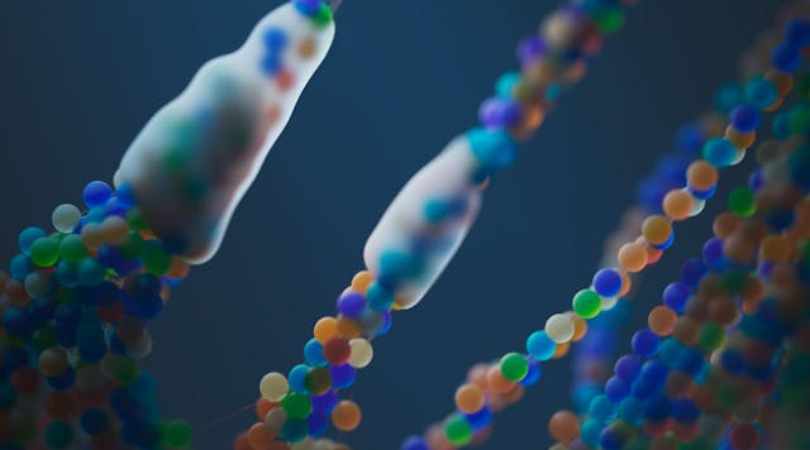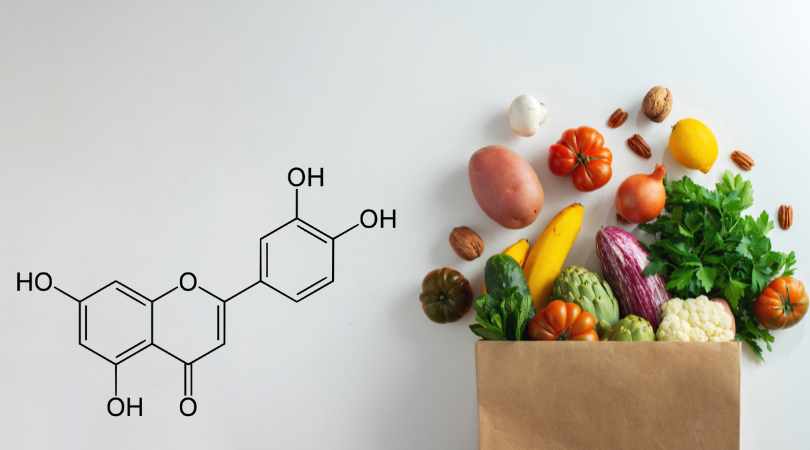Scientists have successfully restored the lost uricase enzyme, a key breakthrough in combating fructose-induced fat formation. This discovery offers new hope for preventing obesity and metabolic disorders by targeting how the body processes sugar and stores fat.
Limited Quantities Available! Order Today and Enjoy Free Shipping on Orders Over $100!
Polyol Pathway
A metabolic route that converts glucose to fructose inside the body, especially during stress or high-carb intake.
The Sugar You Never Ate
The polyol pathway converts glucose into fructose—triggering the same damaging effects as dietary sugar, even when your diet is clean.
Under stress, dehydration, or high blood glucose, your body activates this hidden metabolic route. The result? Internal fructose production that drives fat gain, uric acid buildup, and mitochondrial dysfunction—silently contributing to cravings, fatigue, and insulin resistance.
SugarShield is designed to support your metabolism at this deeper level. By helping your body manage the impact of fructose—regardless of its source—it offers a powerful tool for staying in control, even when life gets stressful.
What is the Polyol Pathway?
The polyol pathway is a two-step metabolic route:
1. Glucose → Sorbitol (via aldose reductase)
2. Sorbitol → Fructose (via sorbitol dehydrogenase)
This pathway is normally minor—but becomes activated under certain conditions.
When It's Triggered
- High blood sugar
- High salt intake
- Alcohol consumption
- Dehydration or osmotic stress
- Chronic inflammation
These states mimic survival conditions, prompting the body to generate fructose internally.
Why It's a Problem
Endogenous fructose production via the polyol pathway can:
- Deplete ATP
- Raise uric acid
- Promote fat gain and insulin resistance
This explains why many people with ""clean"" diets still struggle with metabolic dysfunction.
LIV3's Insight
We believe polyol pathway activation is the hidden driver of modern illness. SugarShield is designed to inhibit the downstream enzyme fructokinase, blocking the harmful effects of this internal fructose surge."






